Dover Advisors Increases Stake in Truist Financial by 53.8% Amid Renewed Confidence
In its latest filing with the U.S. Securities and Exchange Commission (SEC), Dover Advisors LLC disclosed a significant increase in its equity position in Truist Financial Corp. $TFC, one of the largest financial holding companies in the United States. According to the Q1 report, the asset management firm increased its stake by 53.8%, acquiring an additional 8,307 shares, bringing its total ownership to 23,760 shares. The estimated market value of this stake stood at $978,000 USD as of the end of the reporting period.
This substantial portfolio adjustment reflects a broader trend among institutional investors repositioning within the U.S. banking sector amid stabilizing interest rate expectations and improving capital reserve ratios among large regional banks.
Institutional Confidence in TFC Grows Amid Sectoral Stabilization
Truist Financial, formed by the 2019 merger of BB&T and SunTrust, continues to maintain its relevance as a key player in retail banking, insurance services, and commercial finance across the southeastern United States. The increased investment by Dover Advisors suggests that long-term fundamentals—including net interest margin (NIM) stability, cost-efficiency programs, and moderating credit risk exposure—are being recognized as attractive by portfolio managers.
While the regional banking sector faced heightened scrutiny in 2023 due to liquidity events and depositor flight from mid-tier institutions, TFC’s diversified business mix, healthy loan-to-deposit ratios, and technological modernization efforts have helped maintain investor interest.
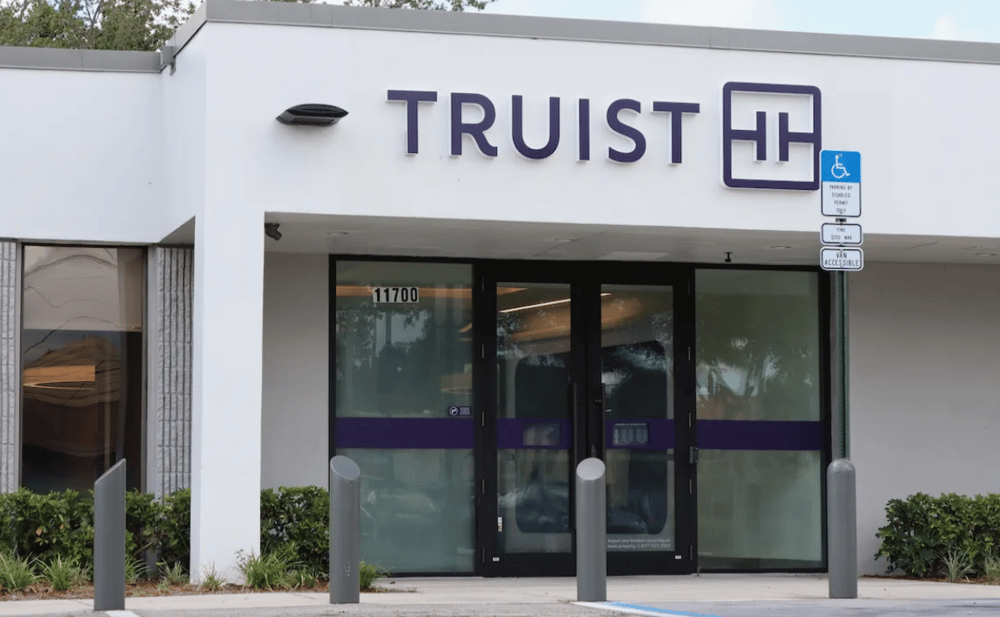
Key Facts — Dover Advisors & Truist Financial in Q1
📈 +53.8% position increase in TFC stock by Dover Advisors LLC
📊 Total holdings: 23,760 shares as of Q1
💰 Market value of position: $978,000 USD
🏦 Truist Financial remains among the top 10 U.S. banks by assets
🔄 Investment surge amid broader rotation into regional banking equities
Market Sentiment and Analyst Insights on Truist Financial
Following Dover Advisors’ increased stake, institutional confidence in Truist appears to be recovering, with several asset managers revisiting U.S. regional bank allocations. TFC shares have shown relative resilience compared to peers, supported by steady core revenue and a conservative risk profile.
Equity analysts point to Truist’s ongoing digital banking integration, cost-cutting initiatives, and stable dividend policy as key drivers of sustained shareholder value. Furthermore, as the Federal Reserve signals a potential plateau in interest rate hikes, improved net interest income (NII) guidance across regional banks may lead to upside revisions.
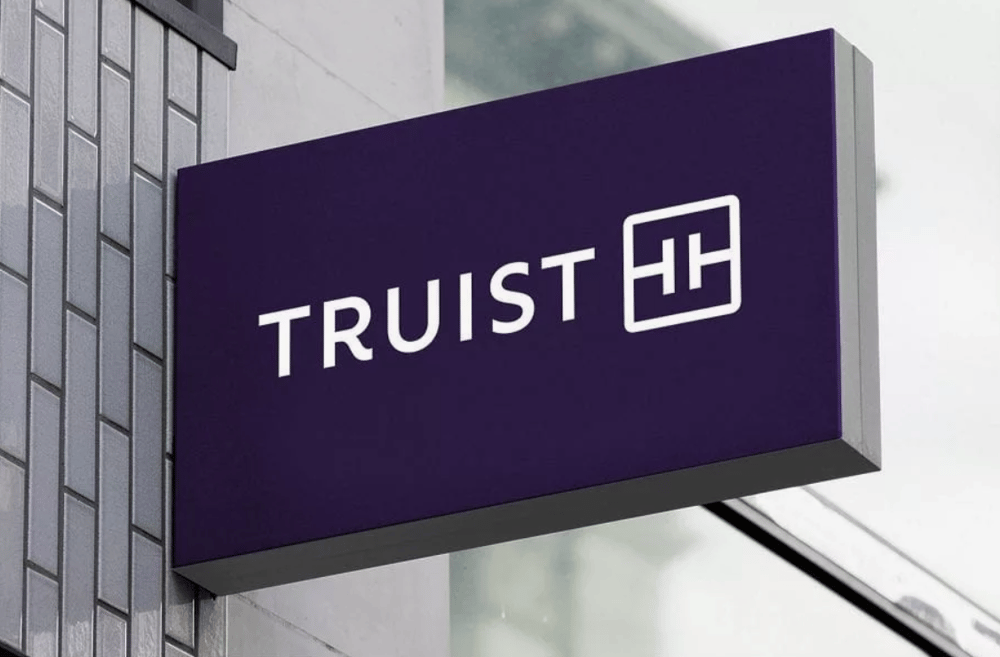
Key Developments and Strategic Considerations
TFC’s Tier 1 capital ratio remains strong, bolstering credit market confidence.
Recent balance sheet optimization efforts include asset sales and M&A rationalization.
Digital transformation initiatives aim to reduce operating expenses and enhance customer experience.
TFC's insurance and wealth segments provide non-interest income diversification.
Dover Advisors’ bet aligns with broader institutional trends into undervalued banking equities.
Regional banks with diversified revenue streams, like Truist, are gaining favor amid macro stabilization.
Truist Financial Gains Momentum as Institutional Allocations Rise
Dover Advisors LLC’s decision to expand its exposure to Truist Financial Corp. (TFC) marks a noteworthy development within institutional asset allocation strategies. As macroeconomic uncertainties ease and investor appetite for regional banks returns, TFC’s robust fundamentals, conservative credit culture, and diversified revenue model make it a standout among its peers.
The move underscores growing confidence in the resilience of U.S. mid- to large-cap financial institutions, particularly those embracing operational efficiency and digital innovation.


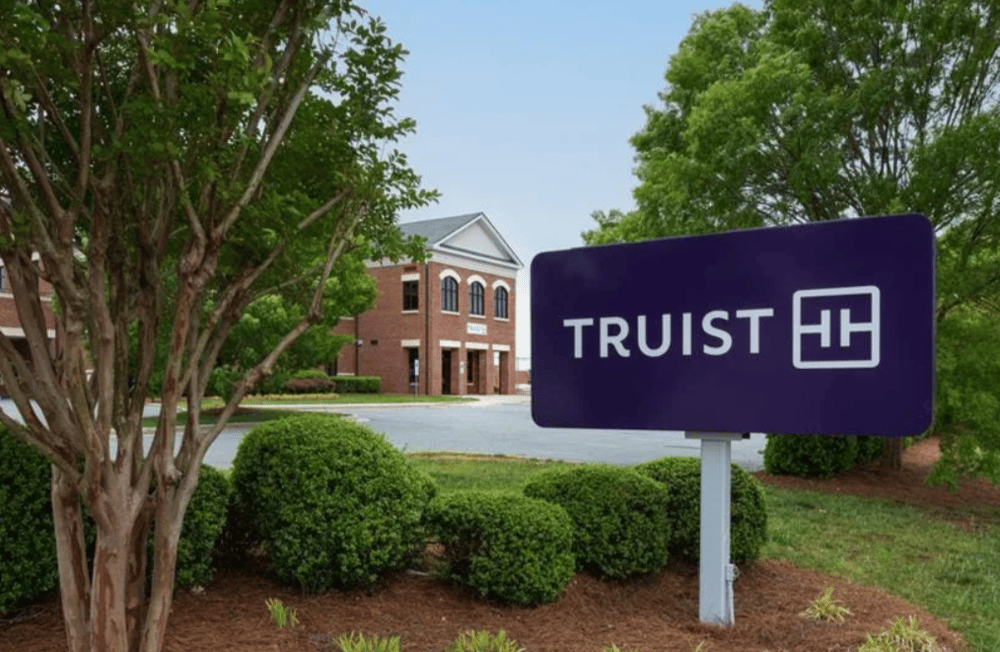
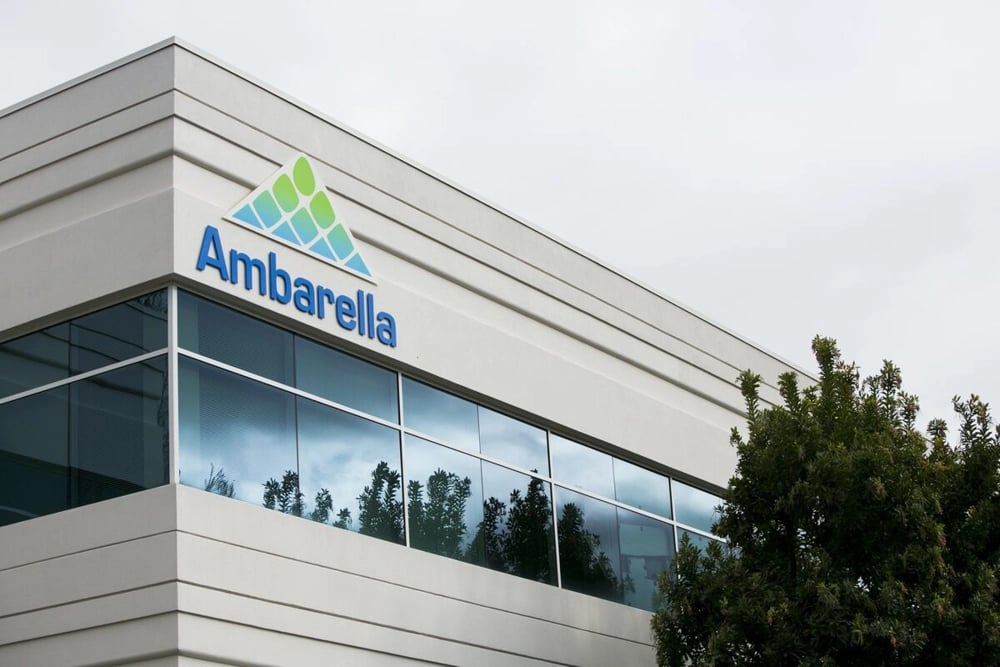





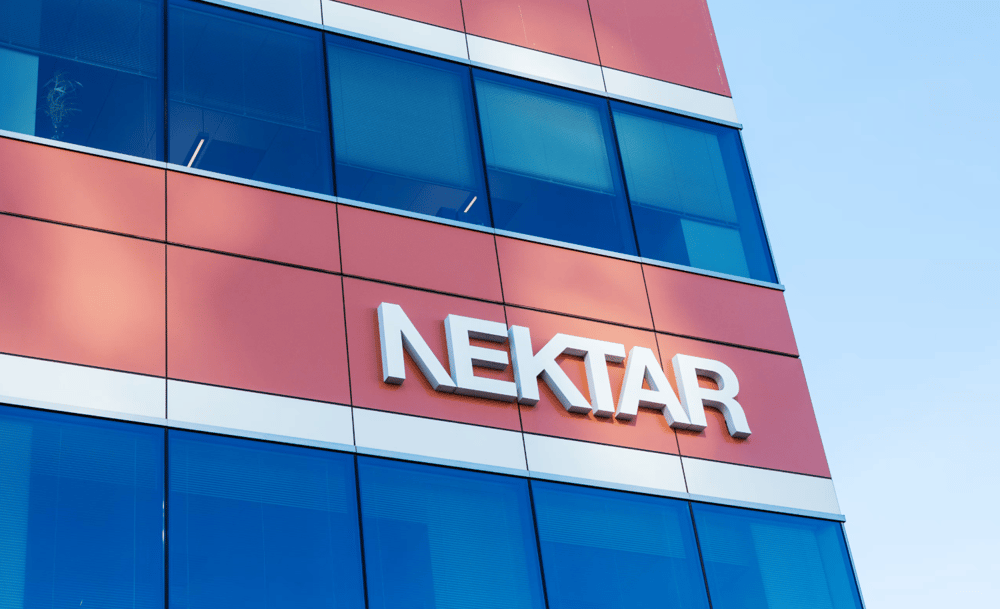

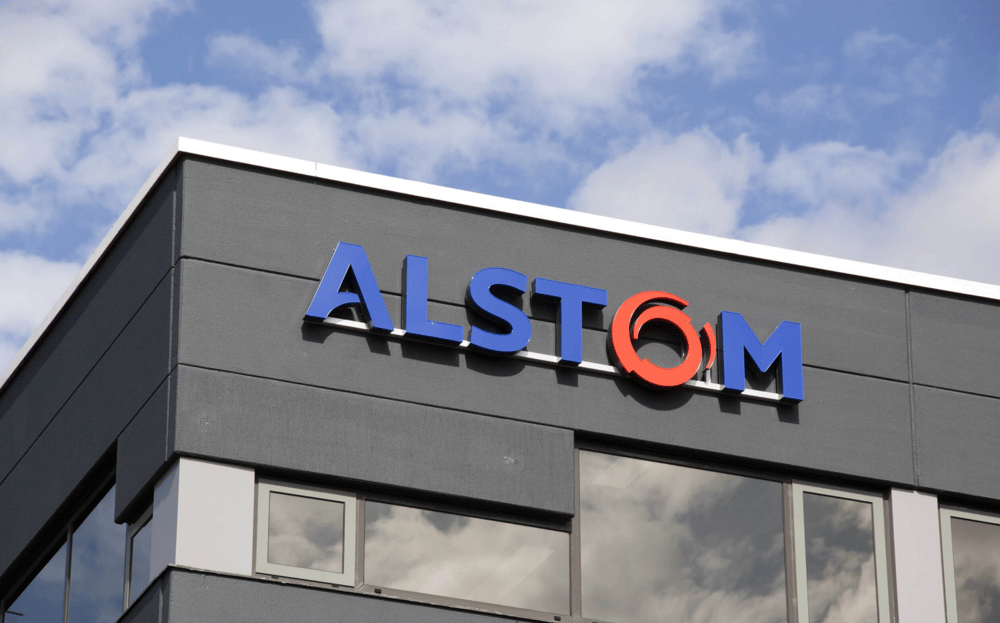



Comments
Bold investments like this are fueling a new wave of tech-driven transformation across industries
A sale of this magnitude could significantly influence the trajectory of automation within the tech industry